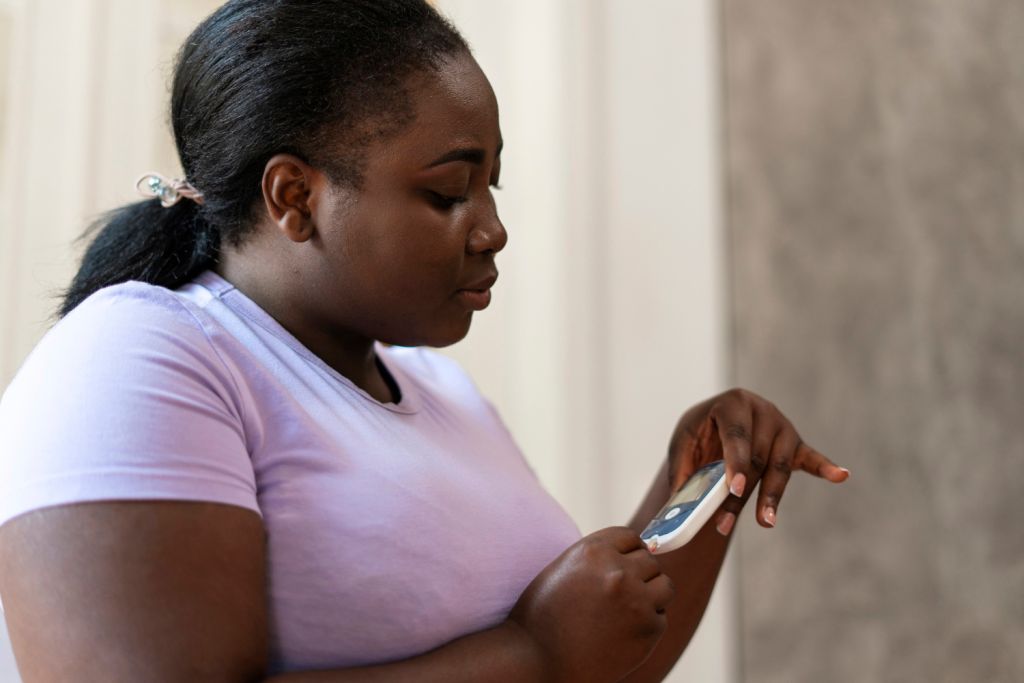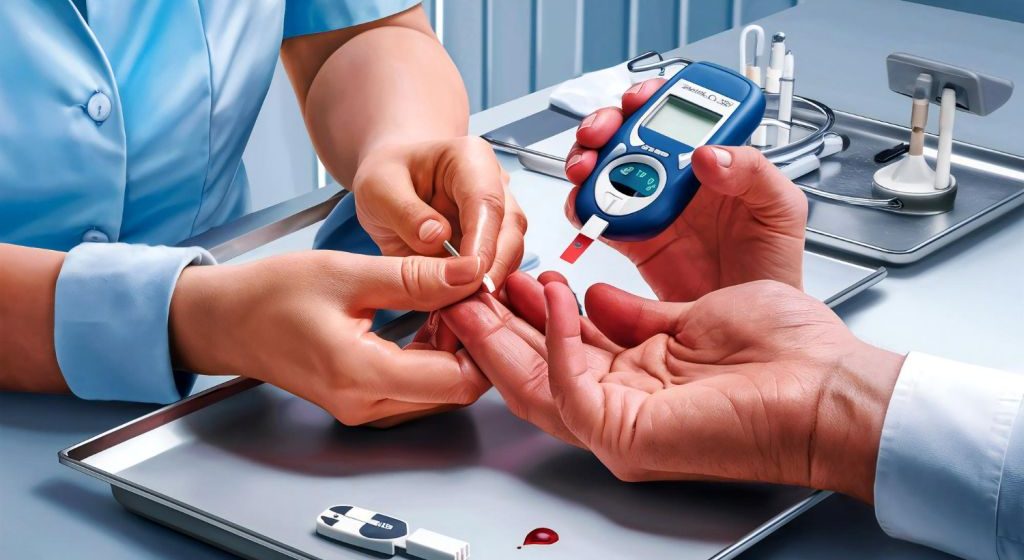Diabetes has become a very serious condition, right now over 537 million people worldwide are sentencing for longlife medication. Science is trying their best to find the best treatment that can cure this disease, but will there ever be a cure ?
Diabetes is associated with blindness, kidney failure, heart attack and stroke. Some researchers have been saying that by 2045 we’ll have 783 million people who are affected by this terrible disease. Even though diabetes has been a huge problem for a long time, doctors still haven’t found any cure.
Right now you can only manage these symptoms with some treatments but that isn’t enough for disease to go away. Diabetes affects the regulation of insulin, a hormone which is needed for glucose uptake in cells. Which then also leads to high levels of blood sugar. Even though there are similarities in two main types of diabetes, they actually develop in different ways.
Type 1 diabetes is autoimmune disease that destroys insulin-producing beta-pancreatic cells. On the other hand, type 2 diabetes develops insulin resistance, which than causes insulin to be less and less effective at reducing blood sugar. Let’s look at how each type is treated.
Type 1 Treatment
Replacing Missing Cells With Therapy
Right now it is probably the best way to cure diabetes, especially for type 1. Replacing the insulin-producing cells could potentially recover normal-insulin production and cure patients. But the problem is that early attempts to transplant pancreatic cells have failed, because of immune reactions that reject and destroy pancreatic cells. Another problem is the lack of donors. Researchers from the Baker Heart and Diabetes Institute in Australia have found a method to regenerate insulin-producing cells in the pancreas.
This also includes using FDA-approved drugs which have been used in cancer treatments before. GSK126 and Tazemetostat drugs have shown promise in allowing pancreatic ductal progenitor cells to develop functions similar to beta-cells, that are ineffective in people with type 1 diabetes. Because of that, it could reduce the need for insulin injections, and these regenerative cells can sense glucose levels and adjust insulin production. This is one of the most promising cures for people with type 1 diabetes
Attacking The Origin With Immunotherapy
In type 1 diabetes, insulin-producing cells are progressively destroyed by the immune system. But stopping this process early on can potentially preserve cells and find a cure. That’s the main goal of Belgian company called Imcyse. They are created in order to put an end to type 1 diabetes by killing the immune cells that destroy pancreas.
So far there were no major safety issues. In 2023 they announced the completion for enrollment in the phase II impact trial for IMCY-0098, which is their most imotope that is created for the benefit of halting the progression of diabetes by stopping the body’s immune system from attacking beta-cells. Imotope targets the autoimmune pathway without harming rest of immune system.

Type 2 Diabetes
Stimulating Insulin Production
The biggest thing so far about a type 2 diabetes treatment are glucagon-like peptide (GLP)-1 the receptor agonists, which induce insulin production in beta-pancreatic cells while at the same time suppressing the secretion of glucagon, that is a hormone which has an opposite effect to insulin. GLP-1 drugs have been really popular recently, and for a good reason. So far it has the potential to help with cardiovascular diseases and also obesity. It was originally created as a treatment for type 2 diabetes. Recently GLP-1 has been talked about a lot, and it’s because of its benefit for obesity-related conditions. Right now the cost of this treatment is also a significant hurdle for broader access. GLP-1 drugs cost about $1000 a month, but also the patient needs to take it throughout whole life.
Targeting The Microbiome
In the past decade, scientists have been talking about microbiome and how they benefit our health. The gut microbiome has been associated with multiple chronic diseases, and one of them is diabetes. Patients who had diabetes all had unbalanced microbiome composition, while healthy people had less diverse gut microbiome. There are some companies that are targeting microbiome with their treatments. There are also other aspects that could give us a new solutions in the future. One of those is CagriSema, which is being developed right now. It contains two active ingredients the semaglutide and cagrilintide.
Semaglutide can hep regulate blood sugar levels, and cagrilintide is a long-acting amylin analogue that improves the weight loss effects of semaglutide by promoting satiety. CagriSema can be a great competitor to other treatments in the future. If you’re looking to buy it, you can buy CagriSema with competitive price from a trusted sources. Even though there is still research to be done, so far it has shown great results.
Also there is pharmacomicrobiomics, which studies the interaction between drugs, microbes and the host, has also been talked about recently and could help with type 2 diabetes. But microbiome field is still new and there needs to be more research done, and see if it could be the possible treatment for type 2 diabetes.
What’s Next Diabetes Treatment ?
Right now there is a lot of research being done in the nanotechnology field. Nanocomplexes (NCs) responsive to glucose levels are more and more seen as a big potential for the controlled release of insulin. Polysaccharide NP, which is also known as a nanosugar or glycogen, is also another great option because of its notable hydrophilicity and the adaptability to its structure. Whatever happens in the future, i’m sure it will make a great change for millions of people worldwide.


Leave a Reply